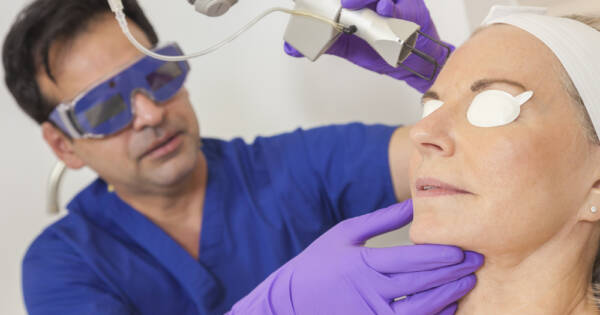Age-related macular degeneration (AMD) is a leading cause of vision loss among those aged 50 and older in the United States, significantly affecting daily life. Understanding the two main types, Dry and Wet AMD, along with the key risk factors, is crucial in managing this condition. Through accurate diagnosis, management with medications, and lifestyle adjustments, those at risk can explore effective strategies to mitigate progression and maintain independence.
Evaluating Your Risk for Macular Degeneration
Age-related macular degeneration (AMD) stands as a leading cause of vision loss, especially among individuals aged 50 and older in the United States. This condition specifically damages the macula, a crucial part of the retina, resulting in the loss of central vision while peripheral vision remains unaffected. Macular degeneration is particularly prevalent in adults over 65, significantly impacting daily activities such as driving and reading.
Understanding the Types of AMD
There are two primary forms of AMD: Dry AMD and Wet AMD. Dry AMD accounts for approximately 80% of cases, gradually causing central vision loss due to the thinning of the macula.
Wet AMD is more severe, characterized by abnormal blood vessel growth, leading to rapid vision loss and requiring timely treatment to prevent blindness. Understanding these types is crucial for identifying appropriate management strategies and preventive measures.
Key Risk Factors to Consider
Several factors increase the risk of developing AMD. Age remains the most significant, but genetics, race, and lifestyle choices also play notable roles. For instance, Caucasian individuals have a higher predisposition to developing AMD, with family history significantly raising personal risk.
Smoking is a known modifiable risk factor, quadrupling the likelihood of developing the condition. Additionally, conditions such as high blood pressure, heart disease, and high cholesterol contribute to increased risk, alongside environmental factors like prolonged sun exposure.
Diagnosis and Management
Detecting AMD involves a comprehensive eye examination using tools like the Amsler grid and imaging techniques. Accurate diagnosis helps in determining the specific type of AMD and the appropriate treatment.
For Dry AMD, management includes medications like pegcetacoplan and avacincaptad pegol, while Wet AMD requires anti-VEGF drugs and potentially laser surgery to address abnormal blood vessels. Furthermore, high-dose vitamins and minerals may slow progression, although such supplements are unsuitable for smokers.
Nutritional and Lifestyle Recommendations
Preventative strategies emphasize a healthy lifestyle, such as maintaining a balanced diet rich in dark leafy greens, fish, and yellow fruits alongside regular exercise. These habits are essential not only for managing AMD but also in reducing overall risk.
Moreover, regular eye exams help in early detection and intervention, crucial in preserving vision. Vision rehabilitation may also benefit AMD patients, assisting in maximizing existing vision through tools and skill development for maintaining independence.
Why You Should Learn More About Macular Degeneration Today
Macular degeneration, a prominent ailment among older individuals, warrants attention due to its impact on vision and quality of life. Understanding risk factors, symptoms, and management options is paramount for anyone susceptible to AMD.
With early diagnosis and appropriate interventions, progression can be managed effectively, preserving sight and autonomy. Learning about familial and lifestyle influences on this condition can motivate informed decisions about personal health practices, aiming for a proactive approach to eye health.




